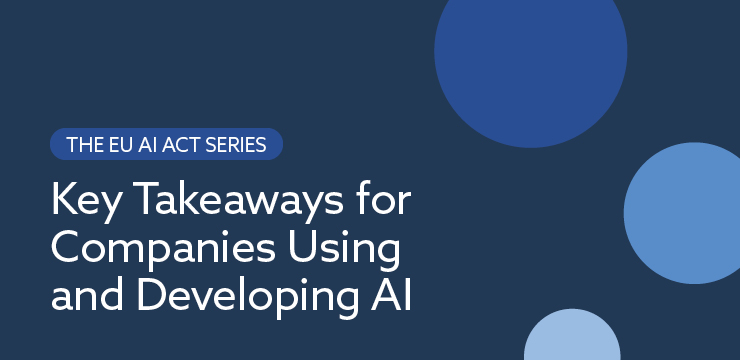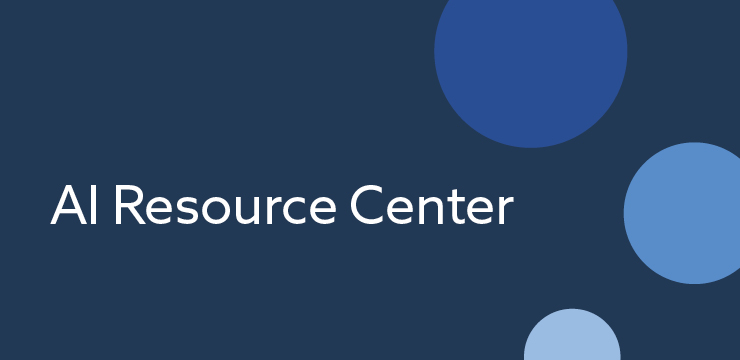The EU AI Act: Who and What Is Covered?
3 minute read | September.13.2024
This update is part of our EU AI Act Series. Learn more about the EU AI Act here.
The EU AI Act imposes obligations on providers, importers, distributors and deployers of AI systems and General-Purpose AI Models (GPAIMs).
In-Scope Technology
The AI Act primarily governs two types of technology:
- AI Systems: Any machine-based system (i.e., software) that is designed to operate with varying levels of autonomy to infer how to generate outputs (such as predictions, content, recommendations or decisions) that can influence physical or virtual environments, and that may continue to adapt after deployment.
- General-Purpose AI Models: An AI model that displays significant generality, is capable of competently performing a wide range of distinct tasks and can be integrated into a variety of downstream systems or applications.
The obligations imposed on AI systems vary based on whether the system or its use qualifies as Prohibited AI, High-Risk AI or otherwise involves AI interacting directly with individuals or exposing individuals to AI-generated content (Individual-User-Facing AI). There are also certain exceptions available for AI systems and GPAIMs that are subject to free and open-source licenses, or are currently in pre-market research, testing or development stages.
In-Scope Organizations
See below for key definitions for understanding applicability thresholds:
The Act imposes obligations on organizations based on their role in relation to the covered technology.
Most obligations apply to providers and deployers, while importers and distributors mainly face regulatory compliance verification and documentation obligations.
| Providers |
Parties that develop (or have another party develop on their behalf) an AI system or GPAIM and either:
|
| Importers | Parties located or established in the EU that place an AI system on the market in the EU under the name or trademark of a person or legal entity outside the EU. |
| Distributors | Parties that make an AI system available in the EU, but do not qualify as providers or importers. |
| Deployers |
Parties that use AI systems in connection with their professional or commercial activity that:
|
If a party becomes so heavily involved in the technical development and/or placing on the market of a High-Risk AI System (such as by substantially modifying the system, modifying the intended purpose of the system, or putting their name or trademark on the system), the party may be deemed the provider of that system. For example, a product manufacturer may be deemed a High-Risk AI System provider where the High-Risk AI System is placed on the market, or put into service, in the EU together with the manufacturer’s product under the manufacturer’s name or trademark.
Want to know more? Reach out to a member of our team.
Key Definitions for Understanding Applicability
- “Placing on the market”: The first time an AI system or GPAIM is made available in the EU.
- “Making available on the market”: Supplying an AI system or GPAIM for distribution or use in the EU as part of a commercial activity, whether for payment or free.
- “Putting into service”: Supplying an AI system for first use to a deployer or for use in the EU for its intended purpose.

